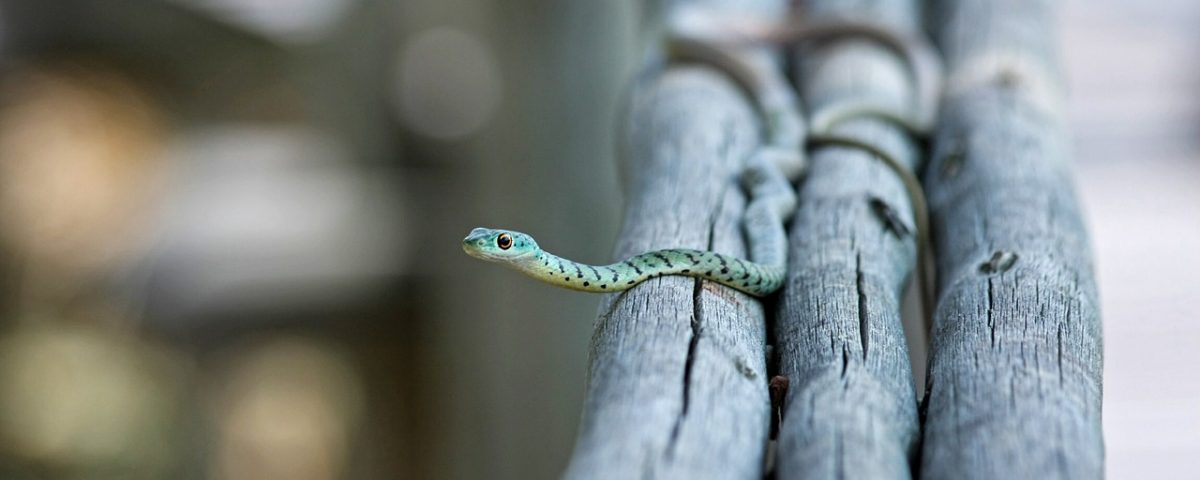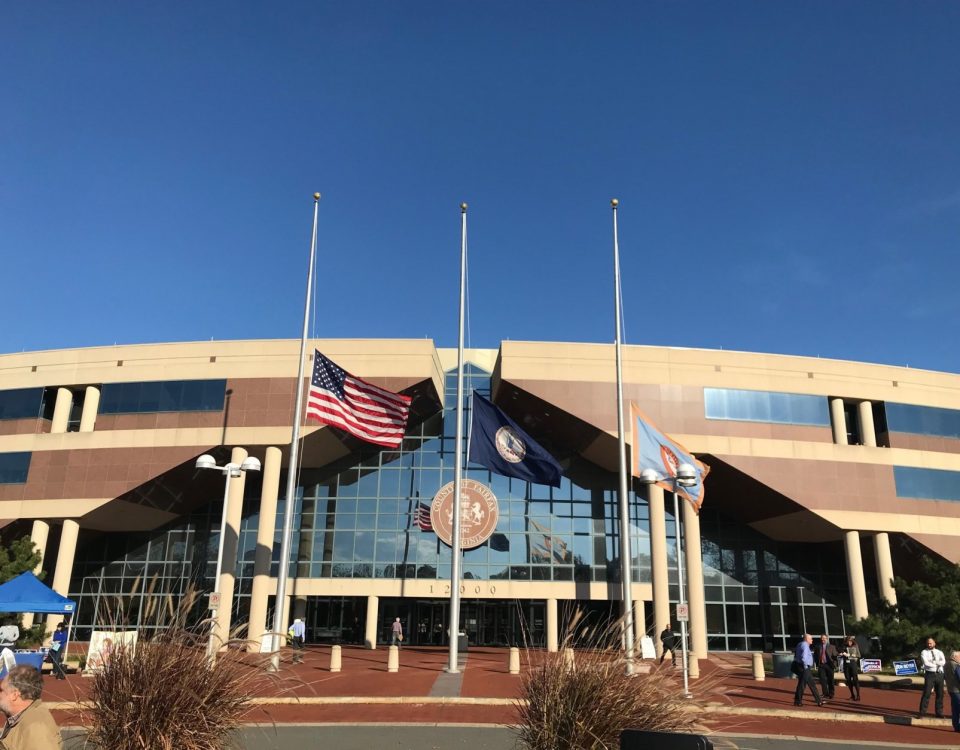
FCPA-Summer Entertainment Series-Starlight Cinema
July 28, 2017
Field Guide to Battle Ticks – FCPA
July 28, 2017As temperatures continue to rise, the warm weather will also encourage snakes to become more active and increase opportunities for people and their pets to encounter these secretive reptiles.
Fairfax County is home to an array of snake species, most of which are non-venomous and pose no threat to people. The most frequently observed of our resident snakes are Northern black racers, Eastern rat snakes, Northern ring-necked snakes, and Northern water snakes, common and important predators in our ecosystems. These snakes, and others, are beneficial and provide a valuable service in our communities in the way of pest control.
The Northern copperhead is the only venomous snake species commonly found in Fairfax County. Copperheads may be found basking in the sun on trails, in rocky areas, and in stream valleys. They are most active between April and October. Copperheads can be identified by their triangular head shape, vertical pupil and an hourglass scale pattern that runs the length of their body. They may be copper-colored or a light brown and tan color. Juvenile copperheads have the same color patterns as adults, except the tip of the tail is yellow. Many of our non-venomous snakes are unnecessarily killed each year because they are misidentified as copperheads. For information on identification of the Northern copperhead and harmless look-a-like species, please click here.
You are most likely to encounter snakes:
1) When they are crossing roads;
2) When they are moving through your backyard or through other transient habitats;
3) During breeding season (spring or fall) when they are moving to look for mates;
4) When they are basking near habitat edges (e.g., water bodies, forest lines).
Most snake bites occur when snakes are handled or accidently touched by someone walking or climbing. Following a few simple tips when outdoors can help you lessen your chances of a snake bite.
Safety Tips to Reduce Chances of a Snake Bite:
If you see a snake, stop and keep a safe distance. Give the snake room to move away on its own.
- Do not try to handle any snake. Any snake will bite if provoked so do not handle them.
- When walking or hiking, stay on trails, sidewalks and cleared pathways.
- Wear boots or closed shoes and long pants when working outdoors or walking in wooded areas.
- Wear leather gloves when handling brush and debris.
- Use a flashlight if walking at night in areas where snakes might be present.
- Keep dogs on leashes and pet cats indoors to reduce chances of them encountering a snake.
If you find a sick or injured snake, contact the police non-emergency line at (703) 691-2131 to be connected with the Animal Protection Police. If you are bitten by a snake you believe could be venomous, seek emergency medical attention immediately.
For information on managing wildlife interactions and resolving human-wildlife conflicts, the Virginia Wildlife Conflict Helpline is available toll-free at (855) 571-9003, 8:00 a.m. to 4:30 p.m., Monday through Friday. This helpline is a collaborative effort between the Virginia Department of Game and Inland Fisheries and the U.S. Department of Agriculture – Wildlife Services.
Additional information on snakes including ways to discourage and exclude them from your property can be found at http://www.fairfaxcounty.gov/parks/hidden-pond/snakes1.htm.





